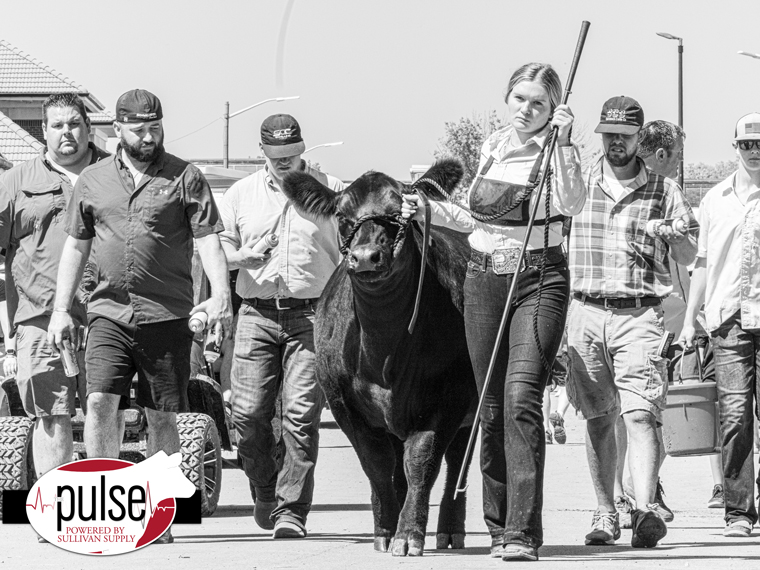If you are like most—once you have your new calf home, you are excited to start working on them. One of the first things that you will have to do is get your calf halter broke, if it already isn’t done for you by the breeder/seller. Sullivan Supply® would like to remind you of some pointers and tips when you start to halter break your calf.
Keep in mind that you need to take things slow because every calf is unique and react to the halter differently. When you rush this process, it might make you frustrated along with getting your calf worked up as well. During this process, it is essential that you gain the calf’s trust, along with them trusting their surroundings. This will have a long term effect on how they act at your facility and how comfortable they are around you. Last but not least, halter breaking and learning to lead can be stressful on the animal. The last thing that you would want is to rush this process and end up hurting your animal.
When you are first trying to halter break your calf, you will need to use a rope halter. Our Stock Show U Professors suggest that rope halters that have the rings in them to allow a little less stress to the animal. This allows them to be the most comfortable—even though they might be still pulling back and fighting the halter. (Beginners—When putting on the halter, be sure that the lead strap is always on the calf’s left side and that the halter fits correctly on their head; not too loose or too tight where it is in their eyes.) Once you have the halter on them, it is not a bad idea to just let them get use to having the halter on their head and then eventually tie them up. You want this process to happen in a small pen, so they can not run away from you, and they can be close to you in a small area. After they feel comfortable with you in the pen with them, it is time to tie them up. When you start to tie them up, you need to start with tying their head low and then gradually tying their head higher and higher the more comfortable them get. The first couple of times, this process should be in an area that is more confined as well to reduce the animal from swinging all over the area.
Once they are tied, you can start using a plastic comb or a show stick to help them get used to them getting touched and all the equipment that you will be using on them down the road. Also, this should be done in 2-3 hour increments and gradually work up from there each time you work with them, along with making sure they are watched over during this time. After a couple of times being tied up, you can start trying to lead them. Again, take this process slow as well for the best results.
For more tips and video tutorials, visit https://www.sullivansupply.com/stock-show-u/


